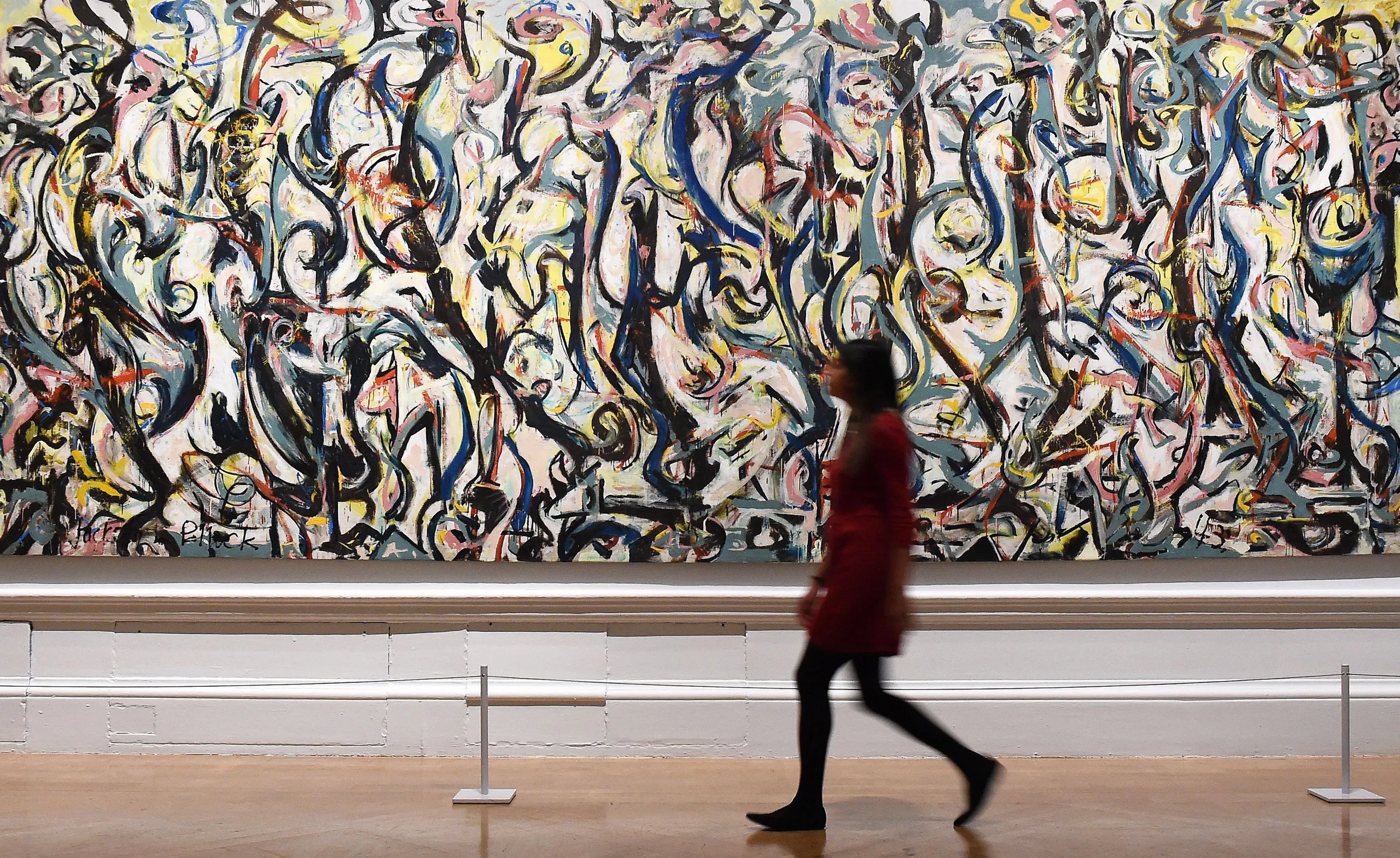

Pollock's radical methods and growing reputation quickly caught the attention of the mass media. In August 1949, Life magazine ran a feature story posing the question: "Jackson Pollock: Is he the greatest living painter in the United States?" The text was alternately mocking and respectful. In 1951, at the height of the artist's career, Vogue magazine published fashion photographs by Cecil Beaton of models posing in front of Pollock's drip paintings. Although this commercial recognition signaled public acceptance - and was symptomatic of mass culture's inevitable expropriation of the avant-garde - Pollock continuously questioned the direction and reception of his art. At the peak of his fame, Pollock abruptly abandoned the drip style. Pollock's work after 1951 was darker in color, including a collection painted in black on unprimed canvases. These paintings have been referred to as his 'Black pourings' and when he exhibited them at the Betty Parsons Gallery in New York, none of them sold. But later Pollock moved to a more commercial gallery by returning to using color and figurative elements.
In 1960s, Jackson Pollock was viewed as one of the most important figures in the art world, and one of the innovators of the avant-garde styles that were beginning to emerge. Like many other famous figures, the issues which Jackson Pollock suffered from in his personal life, such as his strife with alcoholism, added to his "superstar" status. And, his premature death, which took place when he was killed in a car crash, also added to the legendary status which he is still known from in the art world today.
To this day Jackson Pollock is known as a leader in the most important 20th century American art movements. The risks and the creative approaches he took, led future artists to create with passion, as opposed to trying to follow set boundaries or guidelines. In addition, Pollock's radical paintings and dramatic persona helped draw attention to the broader group of Abstract Expressionists, including Willem de Kooning, Arshile Gorky, Robert Motherwell, Barnett Newman, and Mark Rothko.